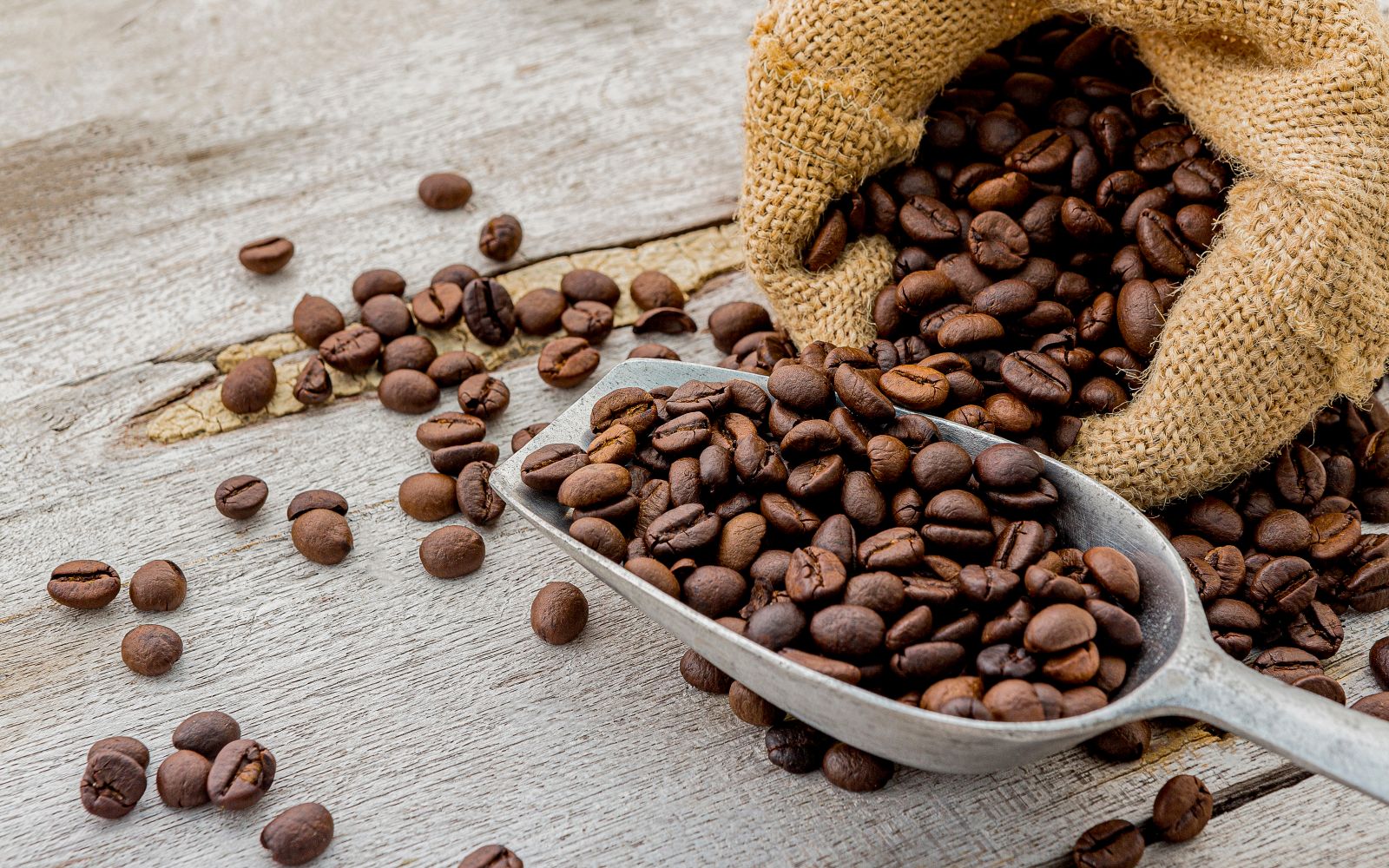
July arabica coffee (KCN23) today is down -2.80 (-1.63%), and July ICE robusta coffee (RMN23) is down -42 (-1.50%).
NY arabica coffee today extended this week's sell-off to a 3-month low, while robusta remains above Wednesday's 1-1/2 week low. Coffee prices are being undercut by global economic gloom sparked by today's weak U.S. and Eurozone purchasing managers reports.
Coffee prices have fallen this week on forecasts for favorable weather in Brazil that eased frost fears and meant that farmers could resume the coffee harvest. Heavy rain last week may have delayed some of Brazil's coffee harvest, but updated forecasts call for dry conditions this week and next. Somar Meteorologia said Thursday there is "no forecast for a further sharp decline in temperatures for at least the next 15 days and conditions will continue to be favorable for harvesting and drying coffee beans."
Somar Meteorologia earlier reported on Monday that Brazil's Minas Gerais region received 23.4 mm of rain in the week ended June 18, or 411% of the historical average. Minas Gerais accounts for about 30% of Brazil's arabica crop. Cooxupe, a Brazil coffee export cooperative group, reported that Brazil's Cooxupe coffee harvest was 21.7% completed as of June 16, ahead of the 13.5% completed at the same time last year.
The USDA Foreign Agricultural Service forecasted in its June biannual report, released on June 22, that world coffee production in 2023-24 will increase +2.5% y/y to 174.3 million bags, with a +6.9% increase in arabica production to 96.3 million bags, and a -2.4% decline in robusta production to 78.0 million bags. USDA FAS is forecasting that Brazilian coffee production will rise by +14.5% to 67.9 million bags, while Vietnam's production will fall -3.5% to 30.2 million bags.USDA FAS is forecasting that 2023-24 ending stocks will edge higher by +0.8% to 31.8 million bags from 31.6 bags in 2022-23.
Robusta coffee may be vulnerable to long liquidation pressure after last Friday's weekly Commitment of Trader’s (COT) report showed that funds boosted their net-long robusta coffee positions by 1,517 in the week ended June 13 to a 17-month high of 46,051.
In a supportive factor for arabica coffee, ICE-monitored arabica coffee inventories on Tuesday fell to a 6-3/4 month low of 541,774 bags. Meanwhile, ICE-monitored robusta coffee inventories on May 24 rose to a 6-1/2 month high but have since fallen to a 2-month low of 7,584 lots.
Global coffee exports have fallen after the International Coffee Organization (ICO) reported on May 4 that global 2022/23 coffee exports during Oct-Mar fell -6.4% y/y to 62.295 mln bags. Also, Cecafe June 13 reported that Brazil's May green coffee exports dropped -20% y/y to 2.12 mln bags. By contrast, Honduran May coffee exports soared +79% y/y to 1.2 million bags. Honduras is Central America's biggest exporter of arabica beans.
Robusta coffee is seeing support from a tight supply outlook. Coffee trader Volcafe recently forecasted the global 2023/24 robusta coffee market would see a record deficit of 5.6 mln bags. The USDA's FAS on May 18 forecasted that Vietnam's 2023/24 coffee production would climb +5% to 31.3 mln bags. However, Vietnam's General Department of Vietnam Customs reported on June 9 that Vietnam's May coffee exports fell -8.5% m/m to 149,667 MT. Also, Jan-May Vietnam coffee exports are down -3.9% y/y at 866,121 MT. Vietnam is the world's largest producer of robusta coffee beans. Also, the USDA's FAS projected on May 22 that 2023/24 Indonesian robusta coffee production would fall -20% y/y to 8.4 mln bags after excessive rain hindered pollination. Indonesia is the world's third-largest robusta coffee producer.
The U.S. Climate Prediction Center on June 8 declared an El Nino weather event, which is likely to be supportive for coffee prices. The U.S. Climate Prediction Center said sea surface temperatures across the equatorial Pacific Ocean had risen 0.5 degrees Celsius above normal, and wind patterns have changed to the point where El Nino criteria have been met. An El Nino pattern typically brings heavy rains to Brazil and drought to India, negatively impacting coffee crop production.
In a supportive factor for coffee prices, the International Coffee Organization (ICO) projects the global 2022/23 coffee market deficit will widen to -7.3 mln bags from a -7.1 mln bag deficit in 2021/22. ICO projects that 2022/23 global coffee production will increase +1.7% y/y to 171.27 mln bags, but that 2022/23 global coffee consumption will increase +1.7% y/y to a larger 178.53 mln bags.
On the date of publication, Rich Asplund did not have (either directly or indirectly) positions in any of the securities mentioned in this article. All information and data in this article is solely for informational purposes. For more information please view the Barchart Disclosure Policy here.






